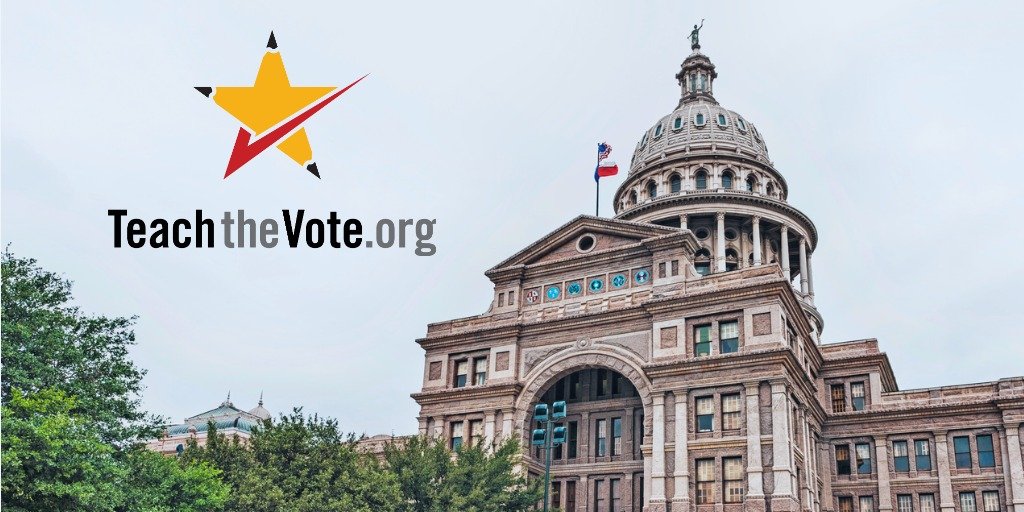The Starvation of Schools

Date Posted: 8/23/2024 | Author: Heather Sheffield
The Alpine Avalanche op-ed "Starvation of Rural Schools" has gained traction on social media as yet another example of the gross underfunding of Texas public education. The op-ed by Alpine ISD Superintendent Dr. Michelle Rinehart (shared here on X by Alpine ISD) highlights the financial challenges faced by this a rural school district in the heart of West Texas as it struggles with inadequate funding. Despite rising operational costs—including significant increases in insurance, safety, and food expenses—state funding drivers for the district have remained stagnant since 2019. This situation has worsened due to the expiration of federal ESSER funding, leading to a substantial annual shortfall of $1.3 million to $1.5 million for Alpine ISD, which is equivalent to 13% to 15% of what the district is supposed to receive based on state formulas. Alpine ISD, ranked in the bottom 2% in Texas for school funding, is facing a $1.8 million deficit for its 2024-25 budget. To address this, the district has been forced to make tough decisions, such as eliminating positions, consolidating pre-K classrooms, cutting vehicle-renewal purchases, and rescinding retention stipends for staff. Like much of rural Texas, Alpine ISD is also dealing with a declining student population, which has further reduced the district’s funding under current state formulas.
Rinehart argues that the underfunding of public schools by the state government is intentional and detrimental, particularly for rural districts. She emphasizes the need for legislative advocacy to change the funding formula. In the meantime, the district must rely on increased philanthropic support to help manage its financial challenges. Rinehart writes: “With such significant gaps and no new funding in sight, the only option left is to cut staffing. This means larger class sizes, fewer programmatic offerings, and a leaner educational experience for our students.” Despite these difficulties, Rinehart expresses hope for the future, noting recent donations from foundations that provide crucial relief. She asserts that Alpine ISD will continue to advocate for fair and fully funded public education in Texas.
While this particular op-ed focuses solely on one rural school district, the same scenario is playing out across the state. A record number of districts—big and small, rural, suburban, and urban—all over Texas are facing budget deficits and tough decisions on how to stay afloat as they educate the future Texas workforce (and often are the largest current employers in their communities).
During the pandemic, the state both explicitly and implicitly encouraged districts to use the ESSER funds not kept by TEA to supplant state spending to cover day-to-day expenses that, by default, are ongoing costs. With no additional funding from state lawmakers, many districts used the money to give pay raises to staff to offset rising inflation and stem the tide of teachers leaving the profession. Now districts face a fiscal cliff with little hope of relief from the governor or other state law makers in sight.
CONVERSATION
RECOMMENDED FOR YOU

01/09/2026
Teach the Vote’s Week in Review: Jan. 9, 2026
Learn where the candidates stand on Texas public education. Plus: Register to vote in the March primary election by Feb. 2.

12/19/2025
Teach the Vote’s Week in Review: Dec. 19, 2025
Happy Holidays from ATPE! The ACLU of Texas is challenging SB 12 in federal court, and ATPE has distributed candidate surveys to those running for statewide, legislative, and SBOE seats.

12/18/2025
Gov. Abbott’s property tax promise and the split in the Texas GOP
Property taxes aren’t just a political talking point. They’re the main revenue source for vital local services, including police, fire, and public education.


This is happening in Fort Worth as well. Cutting staff and forcing remaining teachers to teach other subjects to fill in the gaps. It’s egregious for teachers to be expected to teach multiple subjects in middle school and do an outstanding job. I have peers in other schools being told to “do what you can to teach as much as you can” yet test scores decide school ratings. Students are being failed, and it feels like that is the point.
Our district is suffering the same fate. It is totally intentional by Abbot and his cronies that are being manipulated by billionaires to fund private schooling through vouchers. It’s wrong. And it will be the death of public free education for ALL. Third world country here we come…